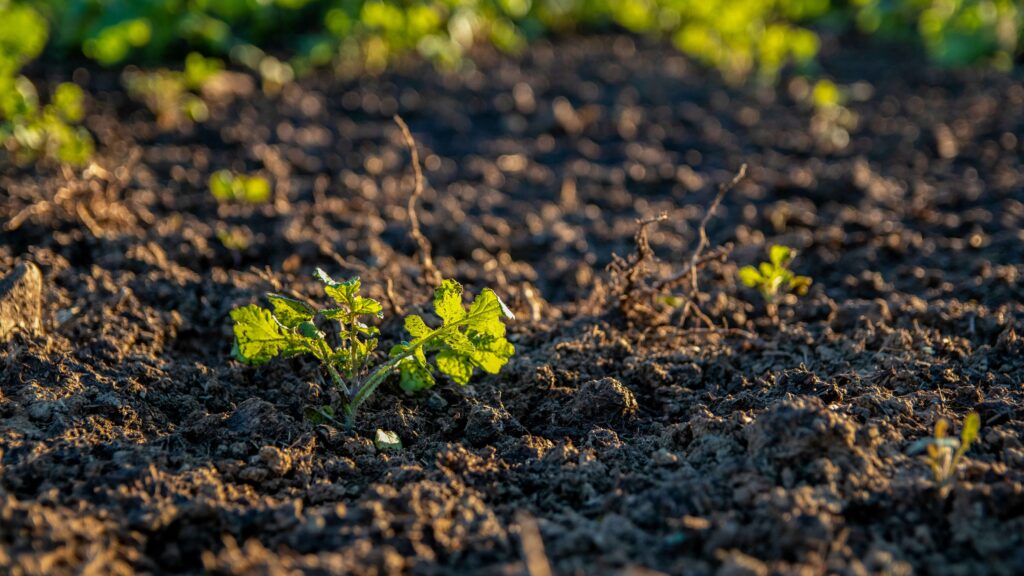Degraded soils are one of the biggest threats to global food production. But regenerative
agriculture offers a clear, field-tested playbook to reverse the trend and create
higher-performing farms.

Here are five practices driving measurable results:
1
Cover Cropping
Off-season planting protects soils from erosion, fixes nitrogen naturally, and improves
water retention. Farmers report lower fertilizer costs and better yields.
2
Composting
Organic amendments boost soil microbiology and nutrient availability. In many cases,
yields increase by 15-20% within two seasons.
3
No-Till Farming
Minimal soil disturbance preserves microbial networks and improves carbon retention. Over
time, it builds healthier, more resilient soils.
4
Agroforestry
Integrating trees into cropland creates microclimates, enhances biodiversity, and adds new
income streams.
5
Managed Grazing
Livestock recycling nutrients and distributing organic matter helps regenerate degraded
pasturelands and cropland.
These practices form a system that restores productivity, lowers input dependency, and
builds climate-resilient farms. For forward-looking agribusinesses, they’re not just
sustainable-they’re strategic.
